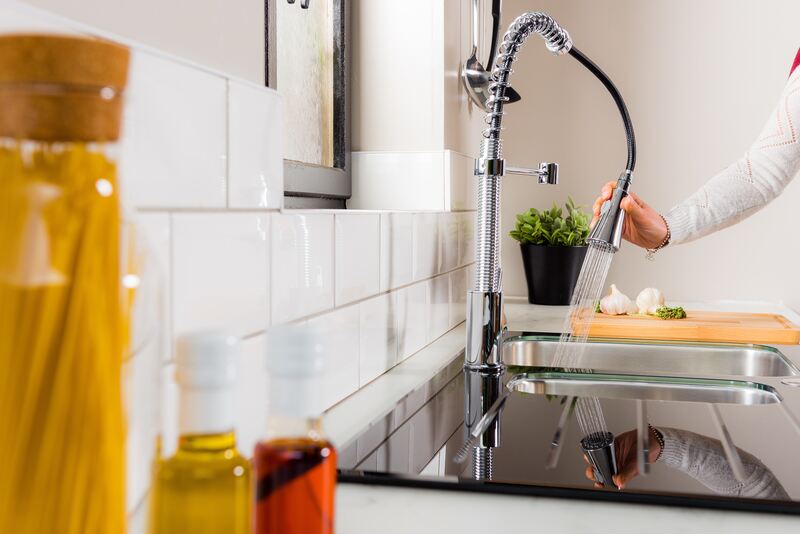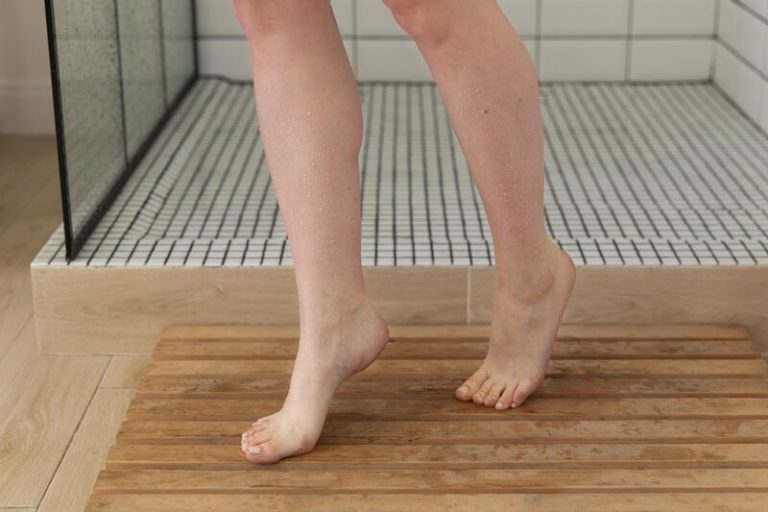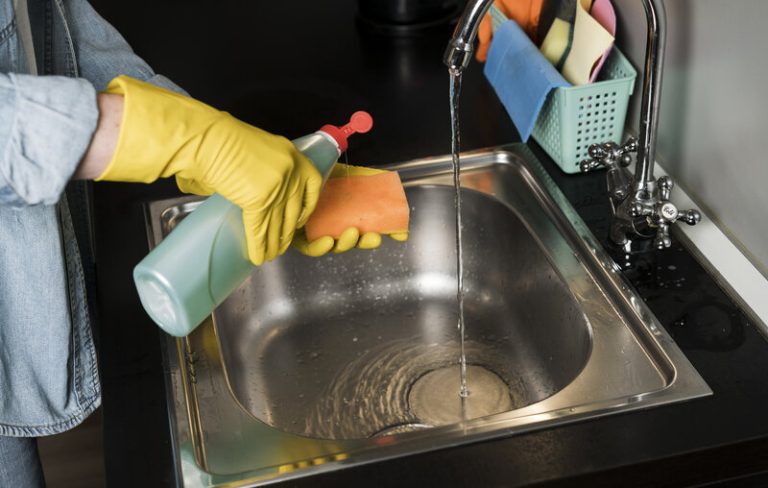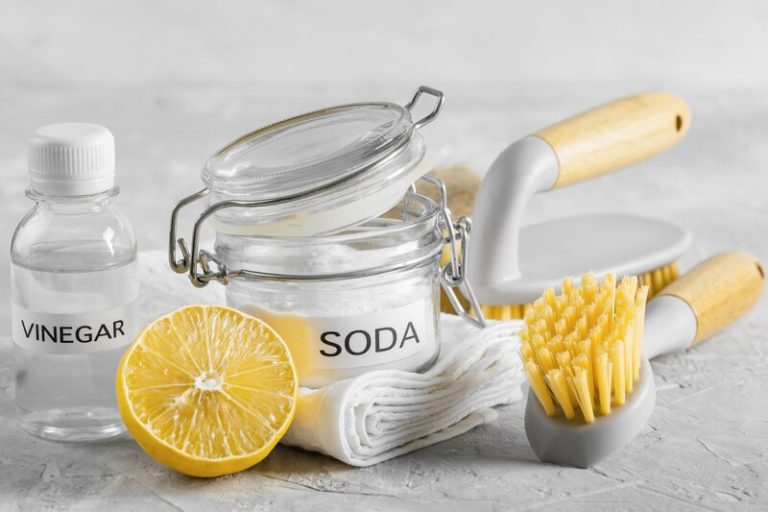A clean kitchen sink is not only visually appealing but also an important component in keeping a home clean. Therefore, it is important for you to know how to clean kitchen sinks.
This article will highlight the importance of regular cleaning, the materials needed for the task, and a step-by-step guide on how to clean sinks of stainless steel and porcelain.
Featuring a how-to-clean kitchen sink guide, we also offer tips on removing stubborn stains to keep your sink looking sparkling clean and provide essential tips for keeping your kitchen sink in top condition.
Why Is It Important to Clean Your Kitchen Sink Regularly?
Before getting into a further explanation of how to clean the kitchen sink, it is better if you understand the importance of this activity. Regularly cleaning your kitchen sink is crucial for maintaining a hygienic environment in your kitchen. A clean sink helps prevent the growth of bacteria, eliminate odours, and ensure your dishes are washed in a sanitary space.
Not only does a clean sink enhance the overall cleanliness of your kitchen, but it also plays a significant role in safeguarding your family’s health. Neglecting sink hygiene can lead to a breeding ground for harmful germs and pathogens, posing risks of food contamination and potential illnesses.
To keep your sink sparkling, consider daily wiping with a disinfectant, using a mixture of baking soda and vinegar for tough stains, and ensuring no food scraps are left in the drain after washing dishes.
Materials Needed to Clean a Kitchen Sink
To effectively clean a kitchen sink, you will require specific materials and tools that ensure thorough cleaning and maintenance. Find out the full explanation below
a. Cleaning Solution
A cleaning solution is the foundation of a thorough sink cleaning process, offering the necessary power to remove stains, grime, and bacteria effectively.
b. Scrub Brush
A scrubbing brush is a useful tool for dealing with stubborn stains, limescale deposits, and dirt buildup in your kitchen sink.
c. Sponge
A sponge is a versatile cleaning tool that helps to wipe, scrub, and polish your kitchen sink surfaces effectively.
d. Microfibre Cloth
A microfibre cloth is an essential tool for drying, buffing, and shining your kitchen sink after cleaning, leaving a streak-free finish.
e. Baking Soda
Bicarbonate of soda is a versatile and natural cleaning agent that effectively removes stains, deodorises, and brightens your kitchen sink surfaces.
f. White Vinegar
White vinegar serves as a powerful yet gentle cleaning agent that helps dissolve mineral deposits, sanitise surfaces, and impart a fresh scent to your kitchen sink.
How to Clean Kitchen Sink Stainless Steel?
Basically, each kitchen sink material has a different handling. Here is a further explanation of how to clean the kitchen sink stainless steel.
a. Rinse the Sink with Warm Water
Start the cleaning process by rinsing your stainless steel sink with warm water to remove loose debris and prepare it for a more thorough cleaning.
b. Sprinkle Baking Soda and Scrub the Sink
After rinsing, sprinkle bicarbonate of soda generously on the sink surface and use a scrubbing brush to work it into the stainless steel, focusing on stains and dull areas.
c. Rinse with Water and Dry with a Cloth
After scrubbing with bicarbonate of soda, rinse the sink thoroughly with water to remove residue, and then dry it using a soft cloth to prevent water spots and maintain a polished finish.
d. Apply White Vinegar and Scrub Again
For extra shine and disinfection, apply white vinegar to the stainless steel sink surface and gently scrub to remove hard water stains and restore shine.
e. Rinse and Dry the Sink
After applying vinegar, rinse the sink with water to remove the vinegar residue, and dry it thoroughly with a soft cloth to reveal a sparkling, streak-free finish.
How to Clean Kitchen Sink Porcelain?
Generally speaking, cleaning a porcelain kitchen sink requires a gentle yet effective method to prevent scratches, maintain shine, and remove stains without damaging the delicate surface. Below is a further explanation of how to clean kitchen sink porcelain.
a. Rinse the Sink with Warm Water
Commence the cleaning process by rinsing your porcelain sink with warm water to remove surface dirt and debris, and prepare it for a thorough cleaning session.
b. Create a Cleaning Solution with Baking Soda and Water
To tackle stains and discolouration on porcelain sinks, prepare a gentle yet effective cleaning solution by mixing bicarbonate of soda with water to create a paste-like consistency.
c. Scrub the Sink with the Solution
Using the bicarbonate of soda paste, gently scrub the porcelain sink surface with a non-abrasive sponge or cloth, targeting stains, discolourations, and stubborn residue.
d. Rinse and Dry the Sink
After scrubbing, rinse the ceramic sink with water to remove the bicarbonate of soda residue, and dry it using a soft cloth to reveal a clean, spotless finish.
How to Remove Stains from a Kitchen Sink?
Stains in a kitchen sink can be unsightly and challenging to remove, but with the right approach and effective cleaning methods, you can restore your sink’s pristine condition. This is more about how to clean the kitchen sink from stubborn stains.
a. Create a paste with baking soda and water.
To tackle persistent stains in your kitchen sink, make a paste by combining bicarbonate of soda with water to create a thick consistency that sticks to the affected areas.
b. Apply the Paste to the Stained Area and Let it Sit
Once the paste is prepared, apply it generously to the stained areas of your kitchen sink and allow it to sit for a sufficient period to penetrate and lift the stains effectively.
c. Scrub the Stain with a Scrub Brush
Using a scrubbing brush, gently scrub the stained areas of your kitchen sink with circular movements. Apply moderate pressure to remove the stains without harming the sink surface.
d. Rinse and Dry the Sink
After scrubbing the stains, rinse the sink with water to remove the residue of the bicarbonate of soda paste, and dry it using a soft cloth to reveal a stain-free and gleaming sink.
This was a complete guide on how to clean kitchen sinks, both stainless steel and porcelain. Keeping your kitchen sink clean is essential for maintaining a hygienic environment in your home or business.
However, we understand that cleaning tasks can be time-consuming and challenging to fit into your busy schedule. That’s where TEKA Cleaning comes in. Whether you’re a homeowner in need of regular house cleaning services or a business owner in the food and beverage industry requiring commercial cleaning solutions, we’ve got you covered.
Don’t let the hassle of cleaning your kitchen sink overwhelm you. Let TEKA Cleaning take care of the dirty work while you focus on what matters most. Contact us today at 01233 751 544 to schedule your cleaning service or visit our website to explore our range of services tailored to your needs.
Read also:











